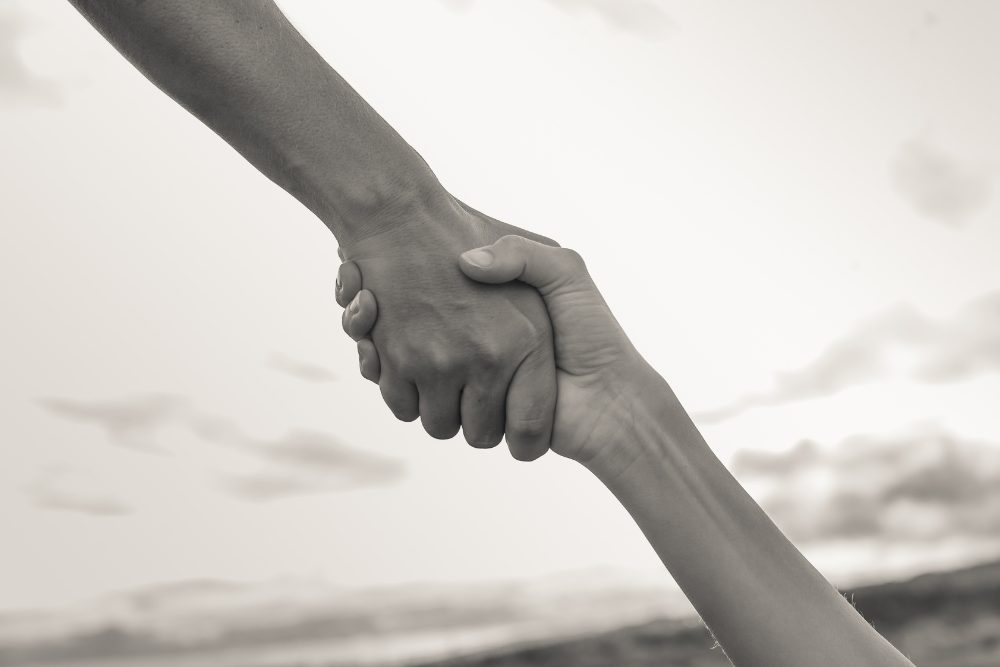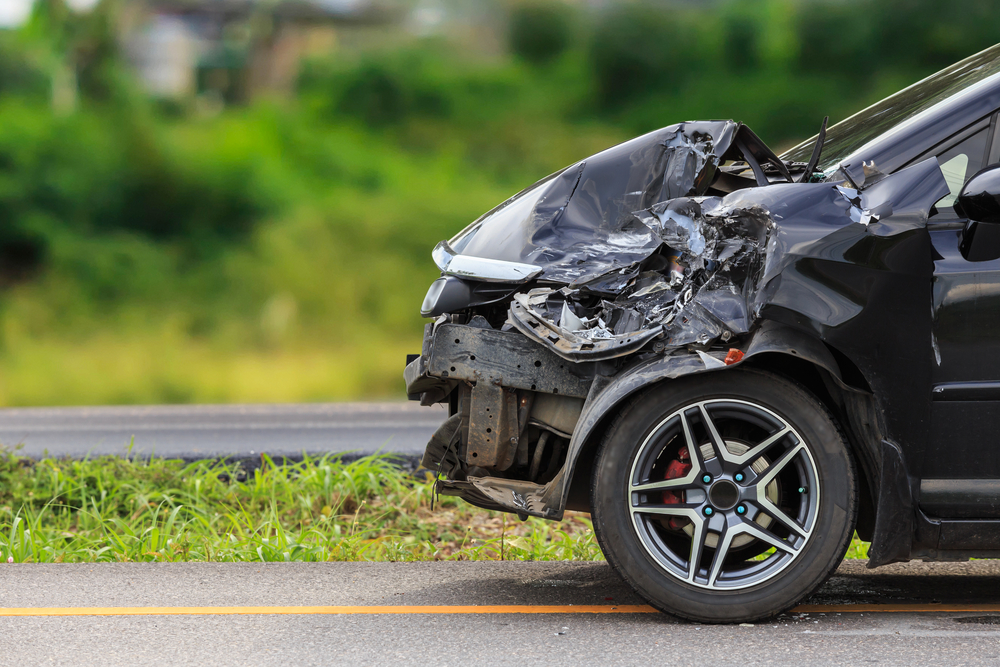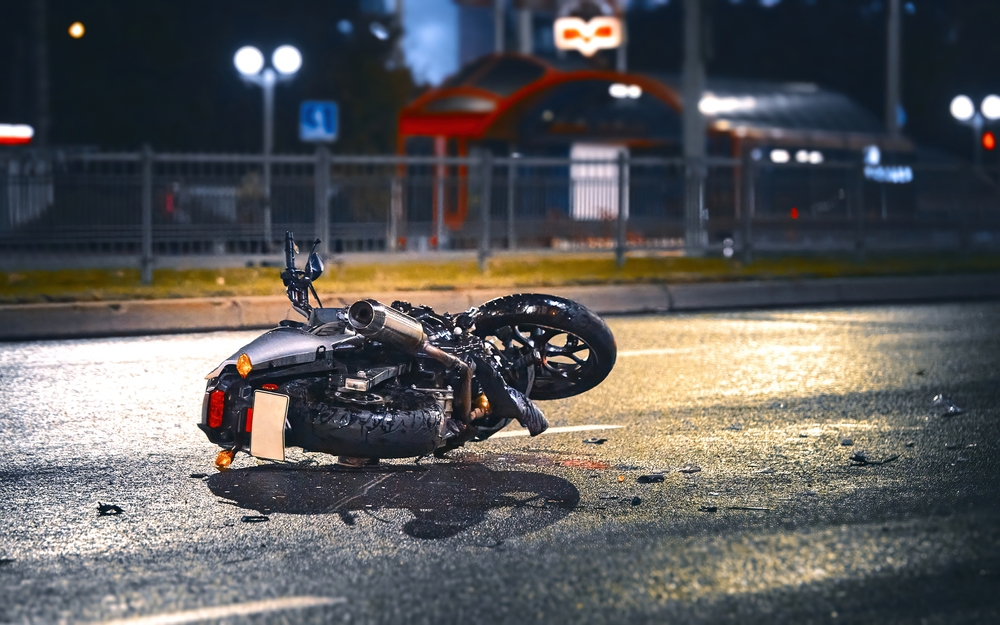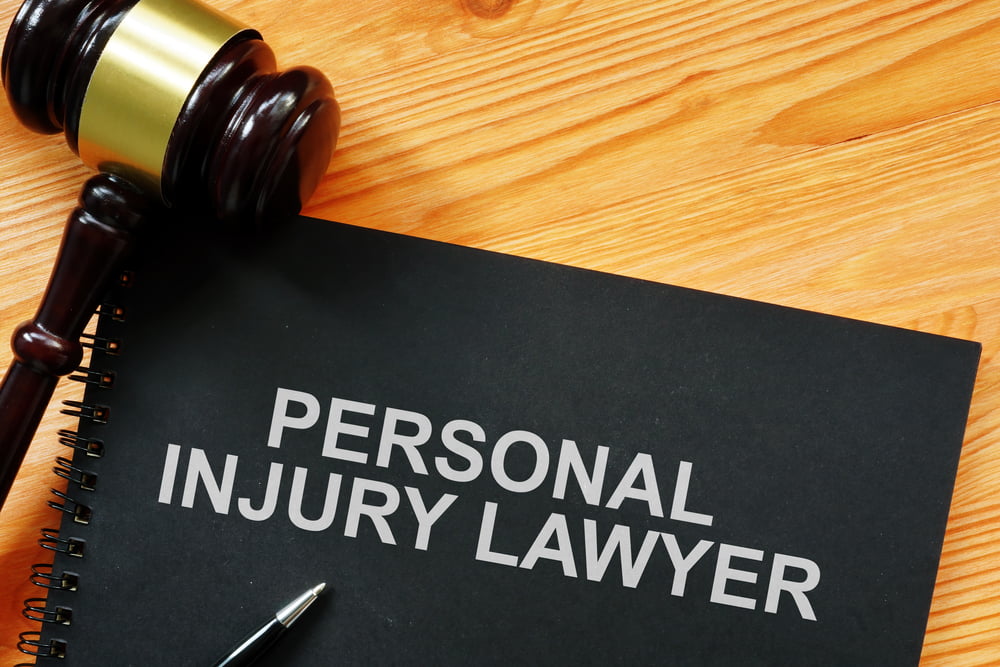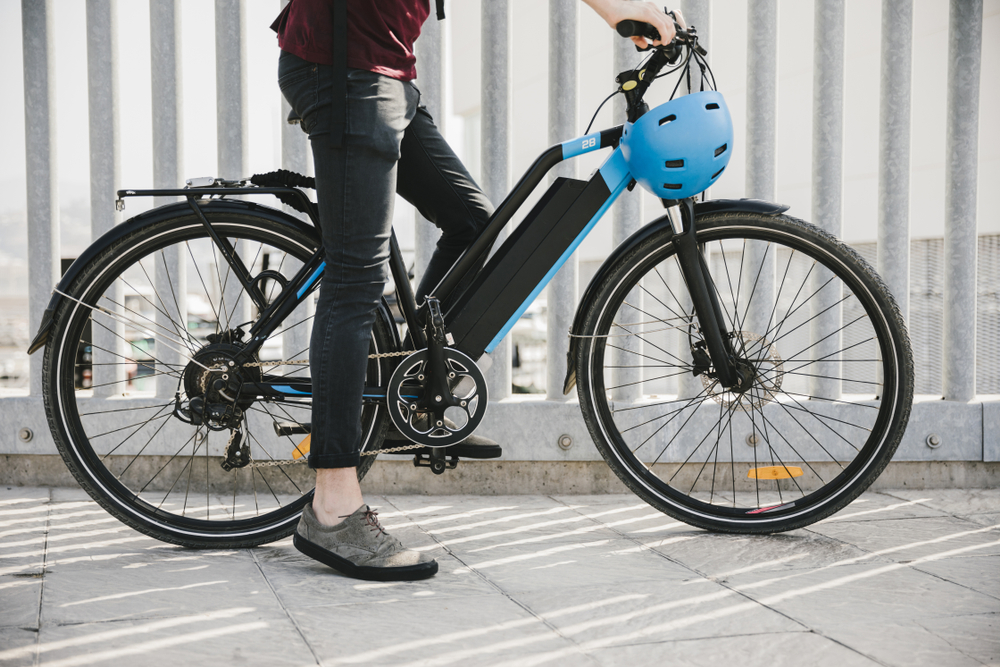Time to dust off your bike and get active! Before you hit the trails this spring, read these 5 Quick Bike Safety Tips.
1. Tune-Up Your Bike
Has your bike been in the garage, basement, or left outside all winter? Time to tune up your bike before you hit the trails. There are quick, easy steps you can take to tune up your bike. If you do not know how to tune up your bike yourself, many bike shops and outdoor recreation centers provide bike tune-ups at a minimal cost. You can even take a quick workshop on bike repair and maintenance so that you are prepared if there is an issue with your bike during your ride. Bike safety starts with a well-working bike.
Importantly, the tire pressure needs to be checked, even if the tires do not look or feel flat. After this long winter, the tire pressure is likely below the recommended range, which is usually indicated on the tire of your bike, close to the rim. Check the tire pressure frequently, before every ride, as tire pressure can fluctuate significantly with the temperature. The brakes and chain also need to be checked. In addition to a thorough tune-up, make sure your bike is the right fit for you. If you are not comfortable with your bike, you may be distracted and not paying attention to traffic, other cyclists, pedestrians and hazards. Taking a few minutes to check your bike can go a long way in preventing bike accidents.
2. Check Your Helmet
When was the last time you replaced your helmet? Check your helmet and the manufacturer’s recommendations for the replacement date. If you have been in an accident with your helmet, it needs to be replaced, even if it does not look damaged. A proper helmet is critical to bike safety.
Do you need to wear a helmet? In Alberta, anyone younger than 18 years of age is required by law to wear a helmet when riding a bike. Every year people suffer traumatic brain injuries in bike accidents because they were not wearing a helmet. Adults, teenagers and kids often think they are too experienced to need a helmet or that they are just going for a short, easy ride. That’s what many people thought on the day they happened not to be seen by a vehicle. Wear a helmet. A helmet may save your life.
3. Be Visible and Be Heard
While tuning up your bike, check your bell and check for reflectors on your bike. You can purchase lights and reflectors for your bike. Wear bright and reflective clothing. Ride in the daylight when possible. If you are commuting to work, this may not be possible. Take extra caution when riding in the dark or in conditions with reduced visibility.
Collisions between cyclists and pedestrians can be fatal. Be sure to follow the rules and regulations in the city or town where you are riding. Only ride on pathways where bikes are allowed. Slow down when turning corners and in areas with reduced visibility. When riding on shared pathways, give pedestrians plenty of warning when you are coming by ringing your bell.
4. Follow the Rules of the Road
Be sure to follow all laws and regulations for bike riding. Set an example for your kids. Teach bike safety to your kids right from the start so they take caution when riding on their own or with friends. For more information on bike lanes, shared pathways, and rules restricting biking on sidewalks, see the City of Edmonton website here. Be sure that you follow the rules and regulations in the city or town where you are riding. Refer to the Use of Highways and Rules of the Road Regulation available here.
5. Take an Extra Second
Before crossing intersections, take an extra second to ensure that you are visible to drivers. You may think you have the right of way, but if you have pulled up beside a vehicle, there is a chance the driver has not seen you. In bike accidents, cyclists are sometimes found to have contributed to or be partly at fault for the accident. Factors considered include whether the cyclists checked to see if traffic had stopped before crossing the intersection and whether the cyclist was wearing a helmet. If you are in a bike accident, speak with an Accident Injury Lawyer so that you understand your legal rights.
This spring and summer, think Bike Safety. Let’s keep the trails safe for everyone.

